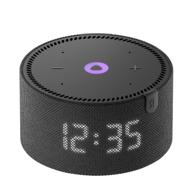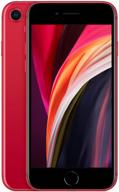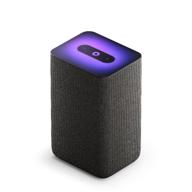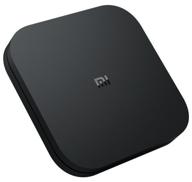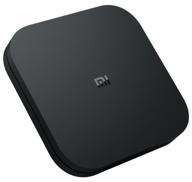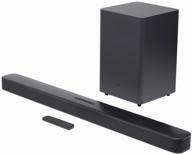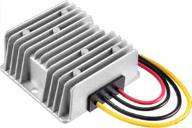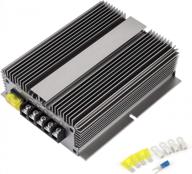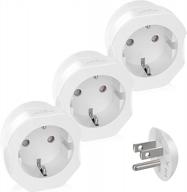- - Low cost. -Easy driver installation
- - Doesn't hold a connection very well - In Windows 7, you have to select the desired connection via a wired network by typing.
- No
- One big flaw
- - At a low price. -A simple process for installing drivers
- - Does not maintain a connection very well - On Windows 7, you have to type in the name of the connection you want to use if you are connecting to a wired network.
- Cheap, did not require tuning, stuck and go.
- Unstable work, constantly falling off.
- There is a possibility for 320to organize wi-fi from a stationary location without the use of a router/router and other sophisticated and expensive pieces of equipment. The speed is really fast, and the video pulled from YouTube works without any issues, even when it goes through the wall.
- Regular drivers, as well as drivers downloaded from the manufacturer's website, which do not permit utilizing this device as an access point, are excluded.
- Really good speed, the speed of the Internet connection has not changed much compared to the LAN
- They don't exist at this price!
- Possibility for 320to organize wi-fi from a stationary without a router / router and other smart and not quite cheap equipment. The speed is very good, the video from YouTube pulls without problems even through the wall.
- Of course, regular drivers, as well as drivers from the manufacturer's website, which do not allow using this device as an access point.
- Price, speed, signal level in the apartment
- USB ports fall off (critical, see comment)
- there is soft Ap for the sake of it and bought it. set up in half an hour using a standard utility. normal signal - takes, all over the apartment
- Still, the Internet is not reliable, the signal disappears, you have to restart the application, then restart the phone (
- Small, handy, good speed, usb cable included
- The power of the flash drive is rather exaggerated.
- - costing less than eight dollars - able to function as an access point - not capable of transmitting at 150 Mbps; nevertheless, it will be capable of receiving between 60 and 70 Mbps and returning between 80 and 90 Mbps when operating in access point mode.
- - a sign (but it's not hard to figure out. To examine the "antenna," open the casing and look inside. - native utility and driver that are prone to bugs and are not yet complete - continually changing revisions and the uncertainty of knowing what chip you have - chip that becomes hot during periods of intensive transmission if the device is an access point, it will cause the adapter to be removed (it seems to have solved, see comment) - Intuitive utility interface - in order for the adapter to accept 144 Mbps, it is essential to force the router's channel width to be adjusted to 40 MHz.
- cost, size, and ease of operation
- slackens the pace
- price
- cuts speed
- Inexpensive, simple, hassle-free
- Not the most powerful transmitter







